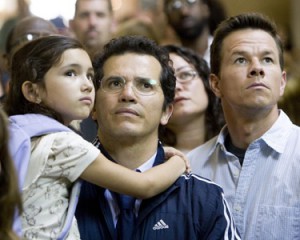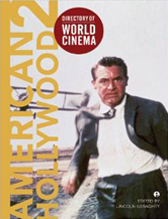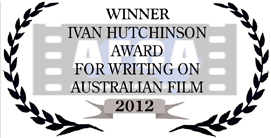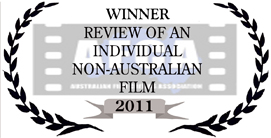
REVIEW: The Happening
It’s not uncommon in cinematic parlances to talk of a director as being at the peak of their career: Ford, Hitchcock, Scorsese, and Spielberg etc., have all been spoken of as having a golden period at some point or another. Were it equally fashionable however, to speak of directors as being at their lowest ebb, then after The Happening the career of M. Night Shyamalan would undoubtedly serve as a worthy candidate for discussion.
With the possible exception of The Sixth Sense and Unbreakable, Shyamalan has been riding a slippery slope from passable mediocrity to the downright amateurish. Having worn to ruin the ‘unexpected twist ending’ that became his signature motif, the criticism of Shyamalan as a ‘one-trick pony’ has never seemed more accurate. With The Happening, that pony is no longer being flogged to death, it’s a decaying corpse left to stink out cinemas for 91 pain-ridden minutes.
What’s particularly disappointing about The Happening is that the set-up for the film is not entirely lacking in promise. Seated in a park, a group of New York citizens suddenly up and kill themselves for no apparent reason. Defying both scientific justification and outward motive, these inexplicable ‘happenings’ then spread in rapid succession across the northeast side of the country, affecting populations large and small.
 At first it seems that Shyamalan’s film is offering itself up as a kind of parable of contemporary paranoia in the wake of America’s fears over terrorism. In one particularly pointed sequence, bodies are seen plummeting from rooftops into the city streets – the similarities with 9/11 here are far too pronounced to be merely coincidental. It comes as no surprise then that the initial reason for the deaths is explained as the result of a terrorist attack.
At first it seems that Shyamalan’s film is offering itself up as a kind of parable of contemporary paranoia in the wake of America’s fears over terrorism. In one particularly pointed sequence, bodies are seen plummeting from rooftops into the city streets – the similarities with 9/11 here are far too pronounced to be merely coincidental. It comes as no surprise then that the initial reason for the deaths is explained as the result of a terrorist attack.
And yet, having framed the events of the film within this specific politicised context, Shyamalan then clumsily abandons any sustained reflection on paranoia in preference of a more general and far less compelling engagement with environmental issues. It’s hardly giving anything away – since he labours the point throughout the film – that it’s not ‘terrorists’ but the ‘trees’ that may be responsible for this suicidal plague.
The film isn’t aided by its screenplay, which consists of dialogue so devoid of subtlety or depth that the audience is prevented from doing any ‘seeing’ or ‘thinking’ – everything from plot points to scenery is signalled well in advance. Shyamalan’s character’s intone with stupendous surprise at even the most obvious of revelations: “Look, there’s a house!”, “Look, there’s some dead bodies on the road up ahead”. It’s hardly a smart ploy for a film that’s attempting to be mysterious and suspenseful.
As a consequence, both Mark Wahlberg and Zooey Deschanel struggle to bring about any real sense of character in their roles as a married couple fleeing New York in search of safe haven. The only actor who actually manages to rise above the material is John Leguizamo, as a father desperately torn between looking after his daughter and setting off alone to find his wife.
Even at the end Shyamalan still tries desperately to impress upon his narrative a sense of enigma that is lacking throughout, emphasising ‘nature as a truly unknowable force’. Sadly, the only explanation I could surmise for the incidents of mass suicide was that the actors had finally read the script: a fairly understandable response under the circumstances. In career terms, Shyamalan might do well to follow suit.





RSS feed for comments on this post. TrackBack URI